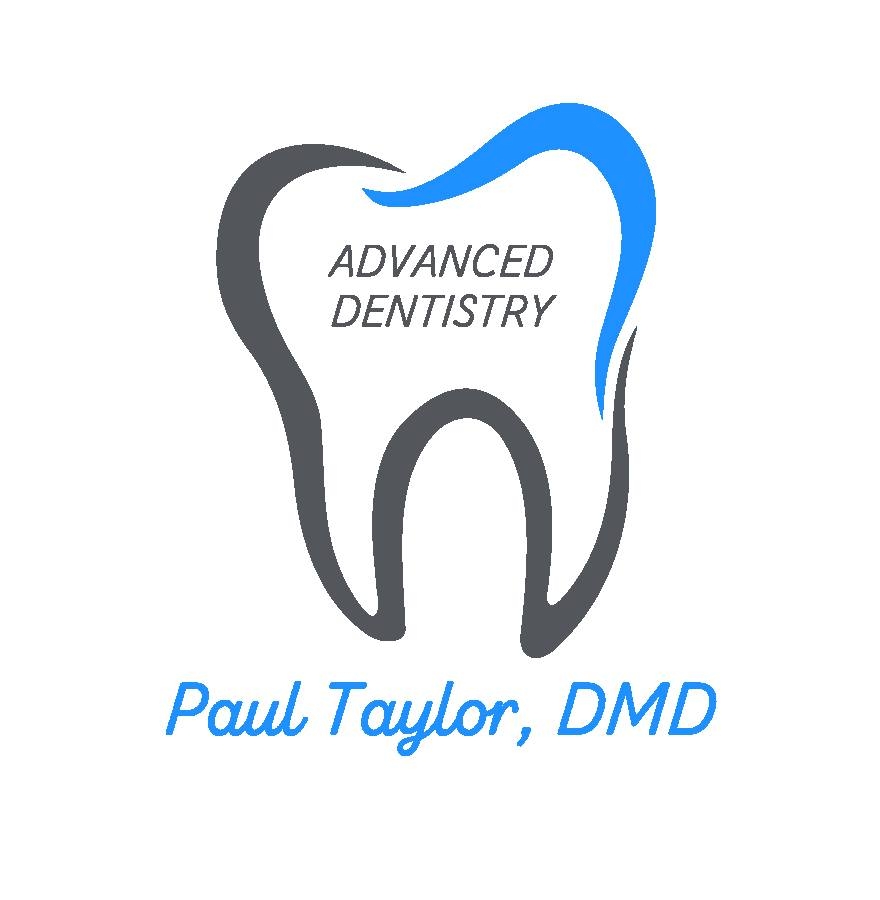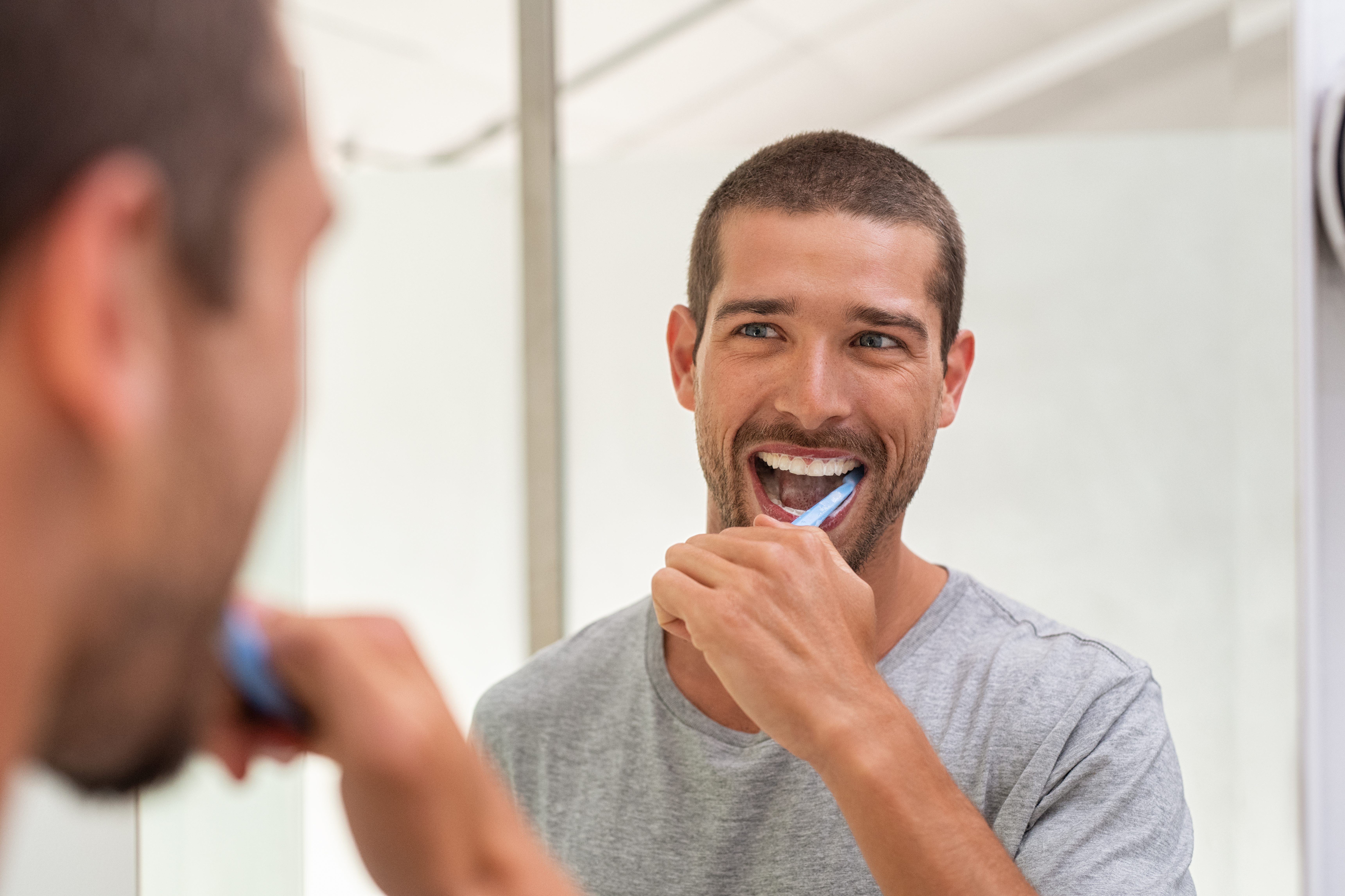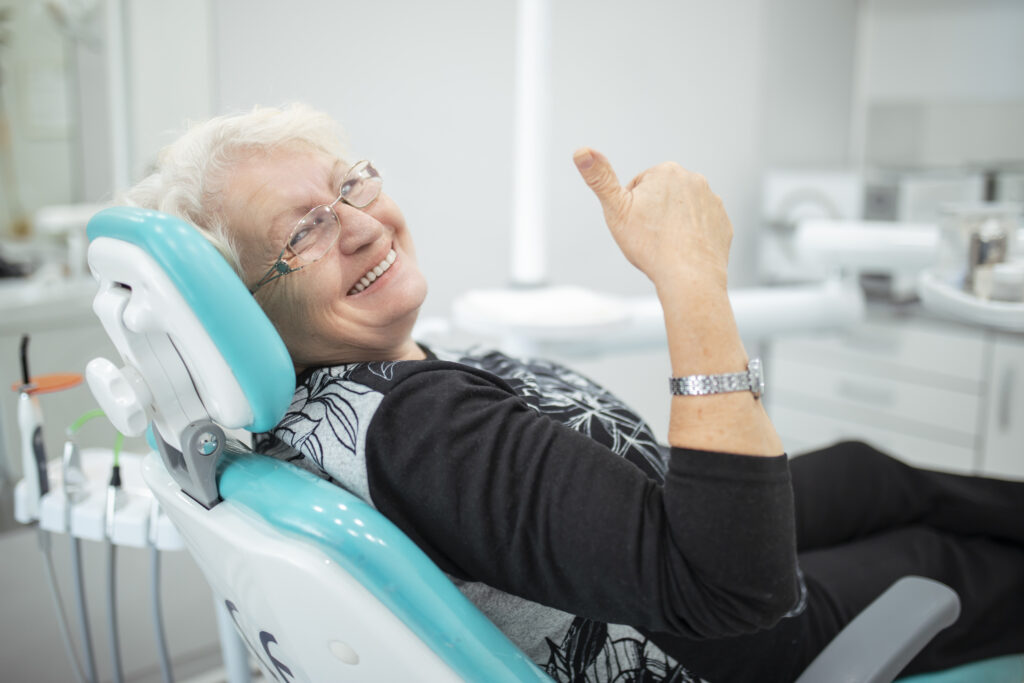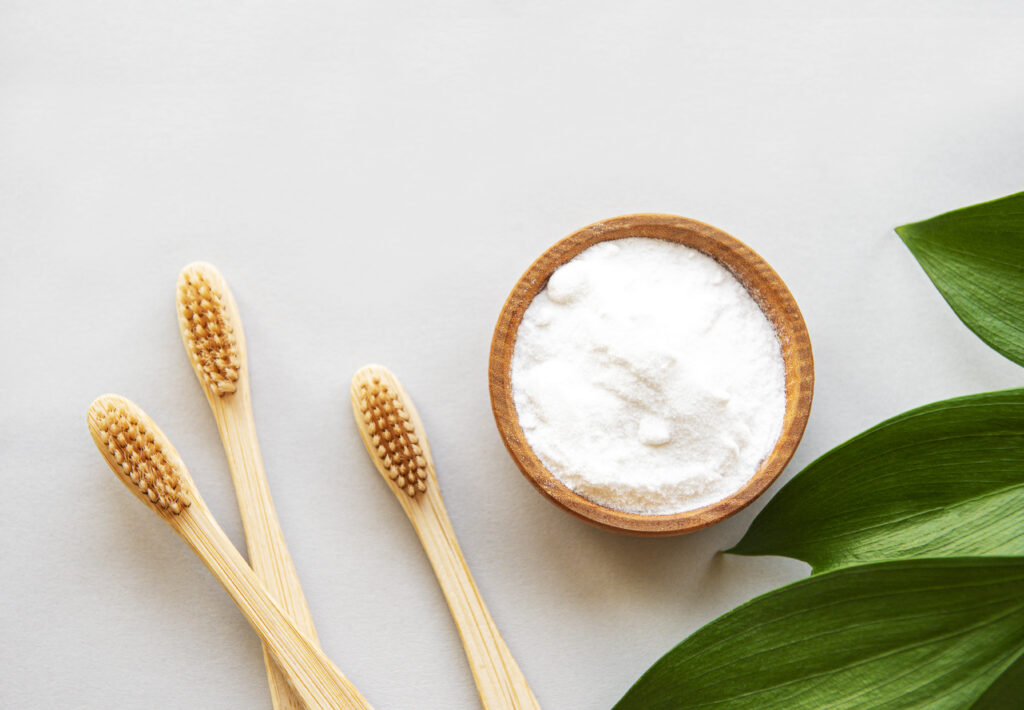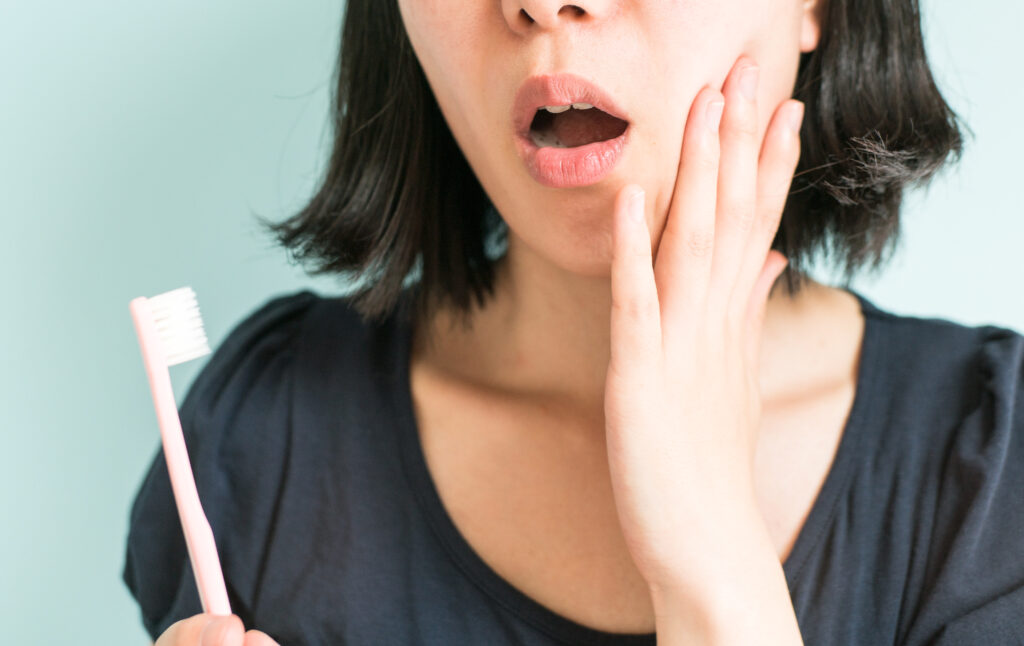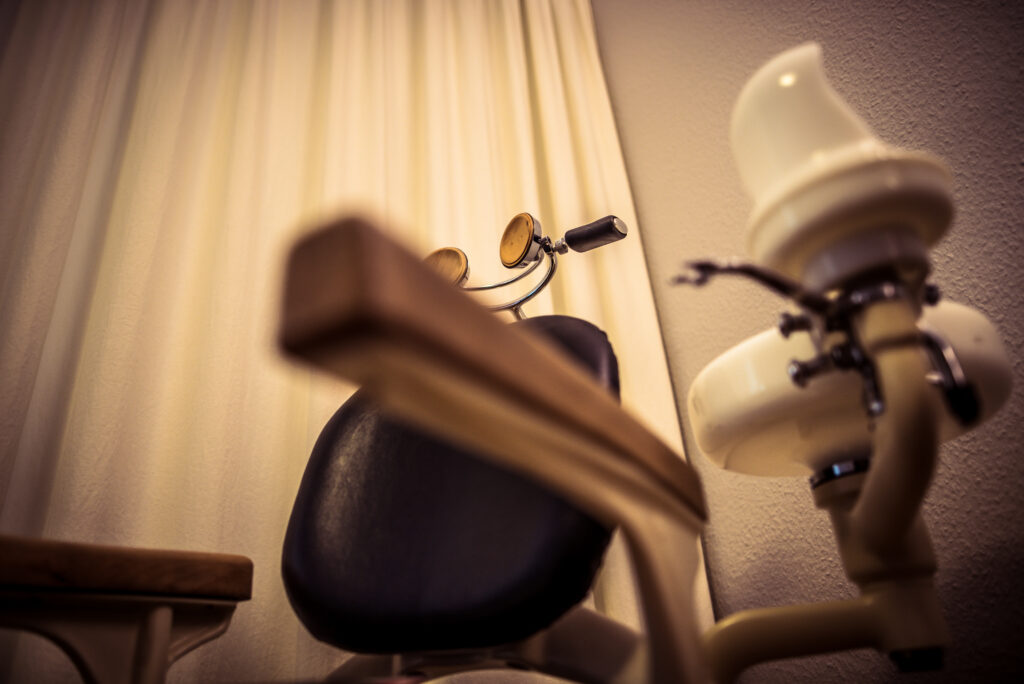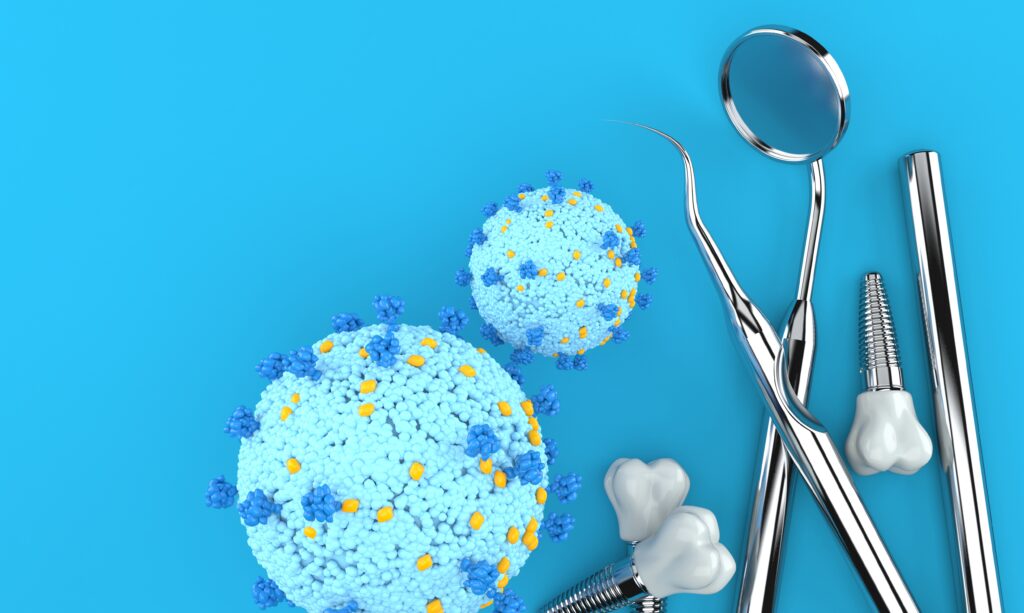
Your teeth may feel strong and healthy, but if they are not their whitest, you could be perceived as looking older than your years. A survey by the Oral B dental hygiene company showed that people with white teeth are thought of as 20 percent more attractive and 13 years younger.
Dentist-supervised teeth whitening may be a great option to brighten your smile if you have dull, stained, or discolored enamel. Our dentist can help you achieve whiter teeth with procedures in our office or at home. Let’s take a closer look at causes of tooth discoloration and your options.
What Causes Stained Teeth?
Chief causes of dark or dull enamel medications, genetics, diet, and tobacco use. Teeth tend to darken with age, as well. Our experienced dental team in San Diego, CA can create a whiter smile.
For some patients with internal staining that does not respond to teeth bleaching, porcelain veneers can create a brighter and more even smile. Our dentist in 92117 will discuss your whitening goals with you to determine which options would be most effective.
Why In-Office Teeth Whitening Works
In-office teeth whitening is the quickest way to achieve a brighter smile. The typical process involves a strong yet safe bleaching gel that must be applied by an experienced dental professional. Results are rapid and teeth can be lightened to a higher degree than is possible with at-home kits.
During a professional whitening treatment, we first clean the teeth and then apply a whitening agent, carefully avoiding the gums and soft tissue. We may then add a laser light treatment to expedite the process. We can repeat the process for more dramatic results.
Does At-Home Teeth Whitening Work?
If a visit to our office for professional teeth whitening isn’t an option for you, an at-home treatment can also provide a significant whitening effect. While over-the-counter teeth whitening products can be helpful to some, a customized gel and tray kit from our dentist will yield a safer and more predictable outcome.
At-home teeth whitening results are less dramatic compared to those achieved at the dentist’s office, and may not be the best solution if your teeth and gums are sensitive.
If you want to look younger by brightening your smile, contact our dental office in San Diego, CA to schedule a consultation. We can help you reach your teeth whitening goals quickly and safely.
